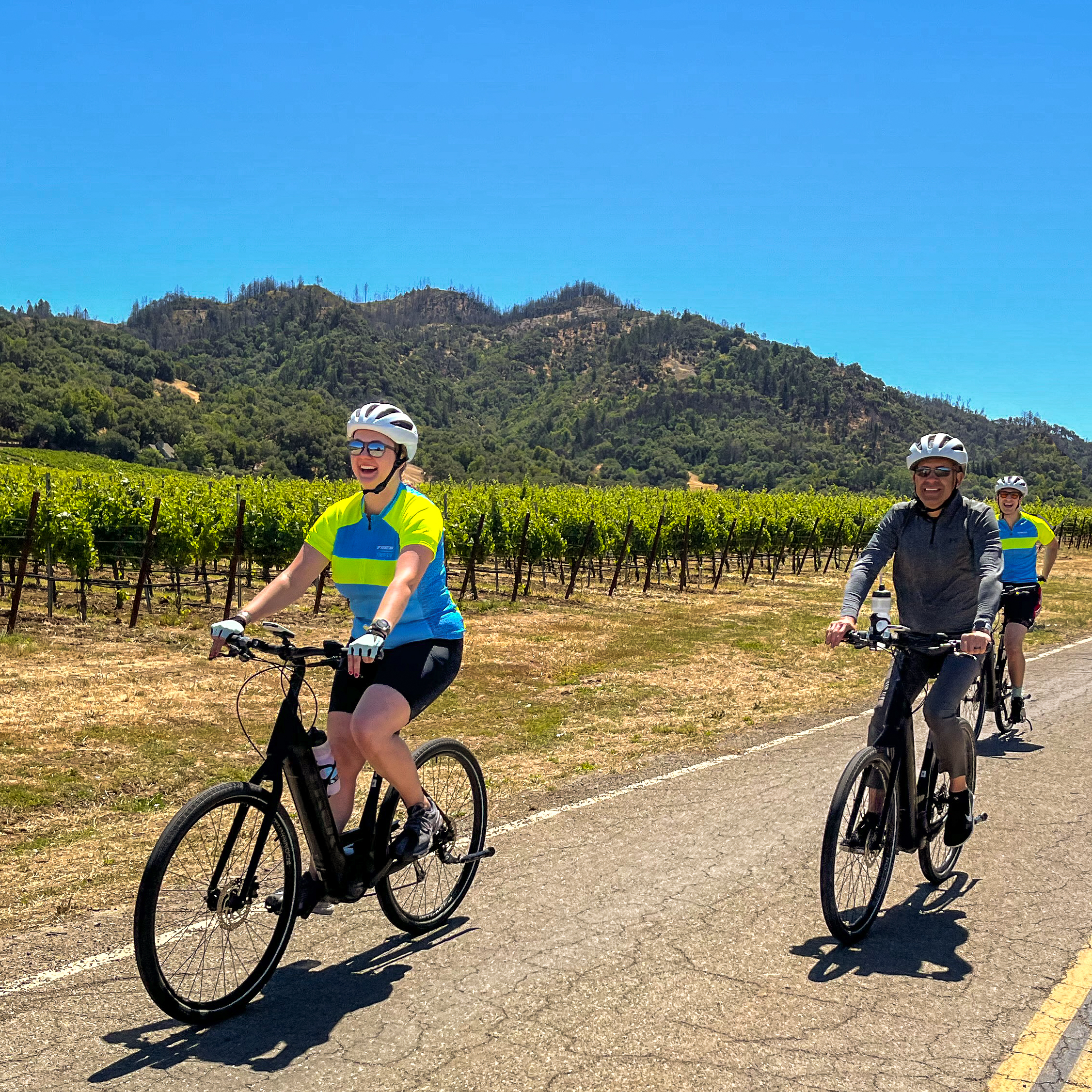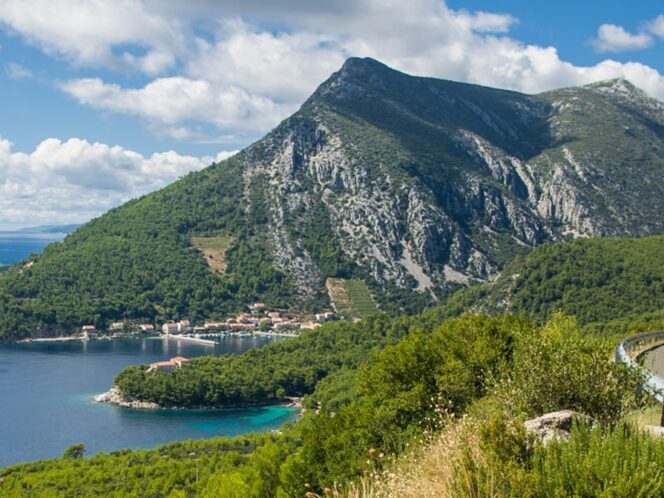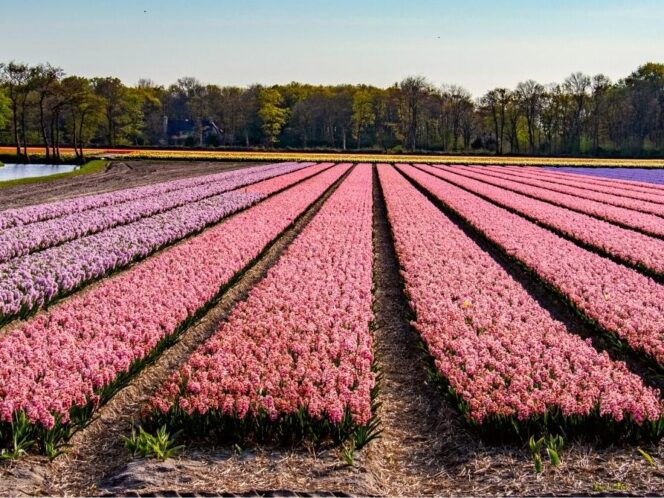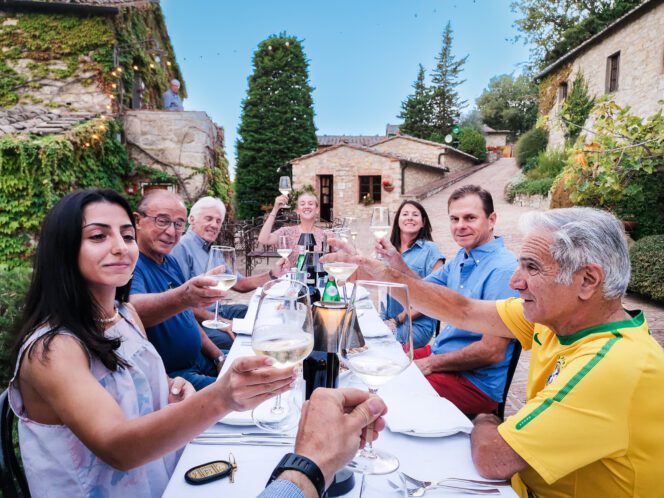
When your job title is “Cycling Guide,” it’s no more descriptive than handing someone a business cared that reads, “Jack of All Trades.” For Jessica Singerman, tour guide is a catchall for a variety of endeavors including mother, artist, yoga instructor, cyclocross racer, and trip designer for Trek Travel.

Tell us your story. How did you end up at Trek Travel?
In 2005, I was teaching art at the University of Delaware and working at a bike shop where I spotted a Trek Travel catalog. I had done some self-supported bike touring, but I didn’t know companies like Trek Travel existed. I found the company website and saw they were looking to hire guides. I grew up abroad, have done a lot of traveling, and love riding–it looked like a dream job! I put my application together and went through the grueling hiring process. Lo and behold, I got the job!
When did you begin cycling?
I got around by bike as a kid–it was the ultimate freedom. I remember riding my bike across town to the local swimming hole every day in the summer. But I didn’t get the bug until the end of college, when my roommate and I went mountain biking on a whim. We were totally unprepared for what we got ourselves into, and I remember the elation after that first ride in the woods. It sparked something in me, and I kept riding my bike all summer and into autumn as I started grad school. I told myself that if I rode that bike all winter, I’d earn myself a new road bike. Sure enough, I walked into a shop toward the end of the winter and found a tiny road bike just my size. I eventually started racing on the road, then mountain, then eventually cyclocross, where I met my husband. I was hooked.
Tell us about your best travel adventure.
When my husband and I lived in Australia, during the second trimester of my pregnancy, we made a trip to New Zealand’s South Island, and spent ten days hiking and boating together. The glacier hiking on Fox Glacier blew my mind. Between the experience of the glacier and the feeling of crampons on ice, I loved it. We also went on an overnight cruise on Doubtful Sound. Even if I got seasick, the lush cliffs and waterfalls of the Sound were gorgeous, and dining and sleeping on the boat was super fun. It was our last vacation before we had our son a few months later. Maybe knowing that made the holiday all the sweeter. Either way, we had a blast.
Tell us about your best day on a bicycle.
There are too many to count! I can honestly say that for me, any ride is a good one. Biking changed my life and I’m grateful that it helped me find my way – while sometimes getting lost too! I love riding with friends as well as on my own. I love super challenging rides with searing lungs and screaming legs. And I also love a day of meandering in the woods, stopping for leisurely snacks and chatting with friends.


How has guiding influenced your role as a trip designer?
As a guide, you see what people genuinely enjoy and what experiences truly impact guests. You notice what it is about hotels that make them special – the passion with which people work, the extra attention, the super luxurious touches, or the renowned restaurant. It’s those experiences in travel–the ones that change you as a person–that I’m most interested in when I design a trip. I work to balance riding with cultural experiences and downtime so guests have time to let it all soak in.
What is your favorite vacation spot and what makes it a unique destination?
My favorite vacation spot is anywhere in the mountains. If I can scramble over rocks or on a dirt path with friends and family, I’m happy. Camping or in a simple mountain house, cooking together, chatting, making things, reading by a fire, and crisp sunny days. That’s bliss.
What advice would your give our readers when planning a vacation?
I prefer to stay in one place for some time to get a feel for the life there, rather than jamming as much as possible into a holiday. My husband and I have a rule when we travel–to visit no more than one museum or site per day, and to allow ourselves time to stroll, sit in parks and cafés for hours, read, draw, and people watch. Before we go, we make a list of the things we want to do, write down opening days and times, and make a vague plan that includes maybe one site a day with some parks and restaurants we might want to check out in that area. We generally decide what we want to do each day over breakfast, and the plan almost always changes. We play things by ear and stay open to serendipity.
What are your top five must-dos or must-sees when traveling in Europe?
Wow, that’s a tough one. I’d say my three favorite cities are Paris, Venice and Prague. All three cities are beautiful: the architecture, the culture, and the energy. Tuscany is a wonderful place and very friendly for new travelers. The rolling hills and small villages are incredibly picturesque, the people are warm, and the food is easy to love. Last but not least, the Dolomites in the Italian Alps are hands down my favorite place. The landscape is visually stunning, the people are friendly, the riding and hiking are second to none, and the food is super tasty. It’s a bicultural region, having been fought over by Austria and Italy, so there’s a lot of history and multiple languages spoken. The region has something for everyone.






























